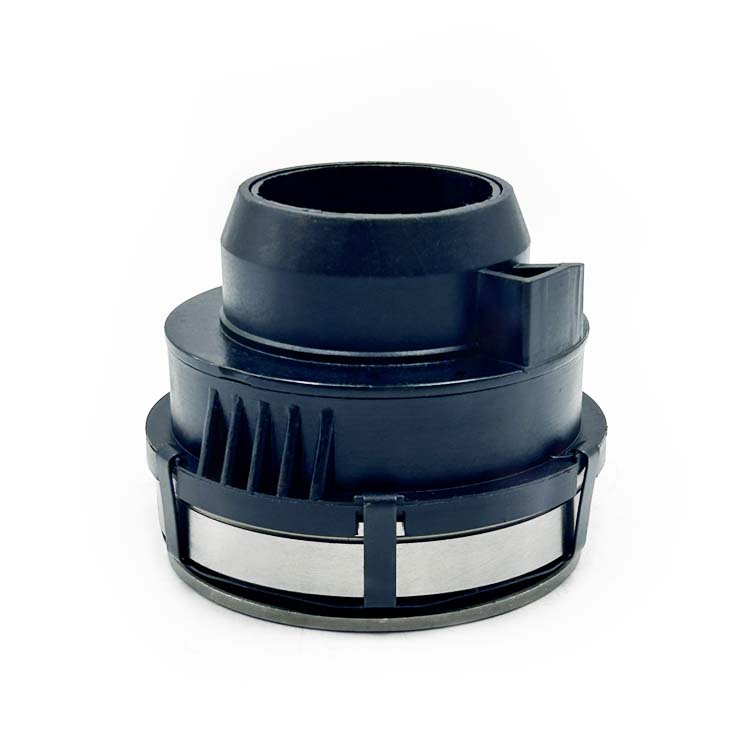- English
- Español
- Português
- русский
- Français
- 日本語
- Deutsch
- tiếng Việt
- Italiano
- Nederlands
- ภาษาไทย
- Polski
- 한국어
- Svenska
- magyar
- Malay
- বাংলা ভাষার
- Dansk
- Suomi
- हिन्दी
- Pilipino
- Türkçe
- Gaeilge
- العربية
- Indonesia
- Norsk
- تمل
- český
- ελληνικά
- український
- Javanese
- فارسی
- தமிழ்
- తెలుగు
- नेपाली
- Burmese
- български
- ລາວ
- Latine
- Қазақша
- Euskal
- Azərbaycan
- Slovenský jazyk
- Македонски
- Lietuvos
- Eesti Keel
- Română
- Slovenski
- मराठी
- Srpski језик
What is the function of the clutch on a car? How does it work?
2024-01-08
The clutch is an important component of the automobile's transmission system. It directly receives the power output from the engine, and then transmits it to the gearbox to reduce speed and increase torque, and then to the wheels. It has the functions of smooth engagement to ensure a smooth start of the car, temporary cutting off of power to ensure smooth operation during shifting, and preventing overloading of the transmission system. The clutch we usually refer to refers to manual transmission models. In fact, there is also a clutch inside the automatic transmission, but its structure and working principle are quite different from this.
The clutch is mainly composed of four parts: the active part, the driven part, the pressing part and the operating mechanism. The clutch plate we usually call belongs to the driven part. Its working principle is also very simple, which relies on the principle of friction to transmit engine power. When there is a gap between the driven plate and the flywheel, the flywheel cannot drive the driven plate to rotate, and the clutch is in a separated state; when the pressing force presses the driven plate to the flywheel, the friction between the surface of the flywheel and the surface of the driven plate drives the driven plate. The moving plate rotates and the clutch is engaged. Diaphragm clutches are commonly used in today's cars.
The working process of the clutch can be divided into separation process and engagement process. During the separation process, when the clutch pedal is depressed, the free gap of the clutch is first eliminated during the free stroke, and then a separation gap is generated during the working stroke, and the clutch is separated. During the engagement process, gradually release the clutch pedal, and the pressure plate moves forward under the action of the compression spring. First, the separation gap is eliminated, and sufficient compression force is exerted on the working surfaces of the pressure plate, driven plate and flywheel; The release bearing moves backward under the action of the return spring, creating a free gap and the clutch is engaged.
Common clutch failures include clutch slipping, incomplete clutch separation, abnormal clutch noise, shaking when starting, etc. These failures require the clutch to be disassembled for maintenance. Its service life has a lot to do with the driver's operating techniques and usage habits, and the gap is also very large. Some can last hundreds of thousands of kilometers without replacement, and some need to be replaced after thirty or twenty thousand kilometers. It can also be said that the use of the clutch Lifespan is an evaluation criterion for the driver's driving level.






